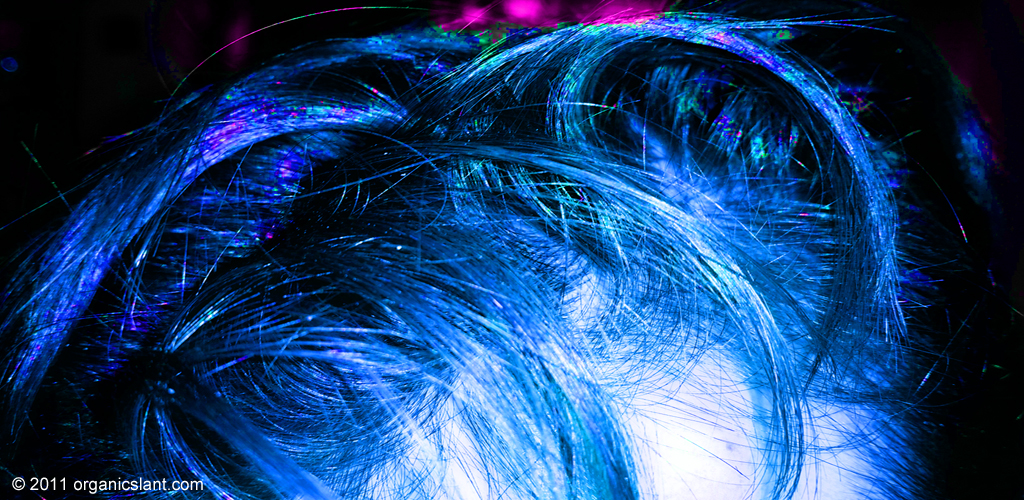Studies have shown that beauticians who are regularly exposed to hair dyes have an elevated risk of bladder cancer.
Coal-tar derivatives are included in a vast majority of commercial hair-darkening products.
The US government doesn’t do much to regulate hair dyes, although the Food and Drug Administration (FDA) does warn that several coal-tar ingredients are carcinogenic. The Environmental Protection Agency (EPA) notes that nearly 70 percent of the hair dyes they’ve tested include cancer-causing agents.
The Environmental Working Group (EWG)-perhaps best known for its “Dirty Dozen” and “Clean 15” guides to pesticides in produce-maintains an extensive database on the safety of personal care products. Of nearly 1,000 hair-coloring products presently listed, only 51 are considered low hazard, and well over 80 percent are rated high hazard. Thoses contain toxic ingredients that have been linked to cancer, immunity disorders, and other diseases.
In addition, hair dyes can cause allergic reactions such as redness, blistering, and itching of the scalp, face, and throat.
The Hair Connection
“Hair is a biological appendage of the skin, which is why people with oily skin have oily hair and people with dry skin have dry hair,” says holistic health and beauty expert Kat James. “What affects the skin will also have great impact on the hair.” It’s vulnerable to many factors including hormone imbalances that can lead to oily hair or hair loss, compromised circulation (the focus of many hair-loss remedies), faulty digestion that can actually lead to autoimmune problems that affect the hair, and stress or trauma that causes alopecia areata (or temporary, nonhereditary hair loss).
“Because omega 3’s and fish oil have been proven to increase circulation, reduce the impact of stress, and help balance hormone activity,” James adds, “they offer proven benefit in each of these important contributors to hair health.” Supporting melanin pigment formation through supplementation is another strategy for a naturally colorful head of hair. Some products containing various B vitamins, copper, carotenoids, lycopene, and other nutrients may help, though all supplements aimed at hair health take time and patience.
A Bettter Way?
Is there such a thing as a more natural hair dye? Health advocate Lisa Petty, author of Living Beauty, suggests enhancing your natural hair color by rinsing with certain teas. For dark hair, she suggests to steep a pot of strong black tea, and then rinse your hair with the cooled tea after shampooing. For blonde hair, use cooled chamomile tea.
The least noxious ingredients available in commercial hair colors are hennas, herbal and vegetable dyes, and food-based ingredients. “The natural dying properties found in henna are tannins, red pigments also found in grapes,” writes Andrew Weil, MD. “If you decide to switch to a henna hair-coloring product, make sure that is doesn’t contain any added chemicals.
Chemicals to avoid include ammonia, peroxide, and these ingredients:
Coal-tar may increase the risk for non-Hodgkin’s lymphoma and ovarian cancer.
Derivatives include aminophenol, diaminobenzene, and p-phenylenediamine.
Formaldehyde, found in a wide variety of hair-care products, was classified earlier this year as a known carcinogen by the National Toxicology Program.
Parabens may increase the risk for breast cancer.
Phthalates can cause damage to the liver, lungs, and reproductive system.
Propylene glycol is a suspected carcinogen.
Resorcinol is toxic to the immune system.

 Endocrine-disrupting chemicals found in menstrual products
Endocrine-disrupting chemicals found in menstrual products New clinical findings prove Burt’s Bees regimens effective across skin types
New clinical findings prove Burt’s Bees regimens effective across skin types High levels of hazardous chemicals found in Canadian nail salons
High levels of hazardous chemicals found in Canadian nail salons Parkinson’s disease linked to gene targeted by blue-green algae toxin
Parkinson’s disease linked to gene targeted by blue-green algae toxin